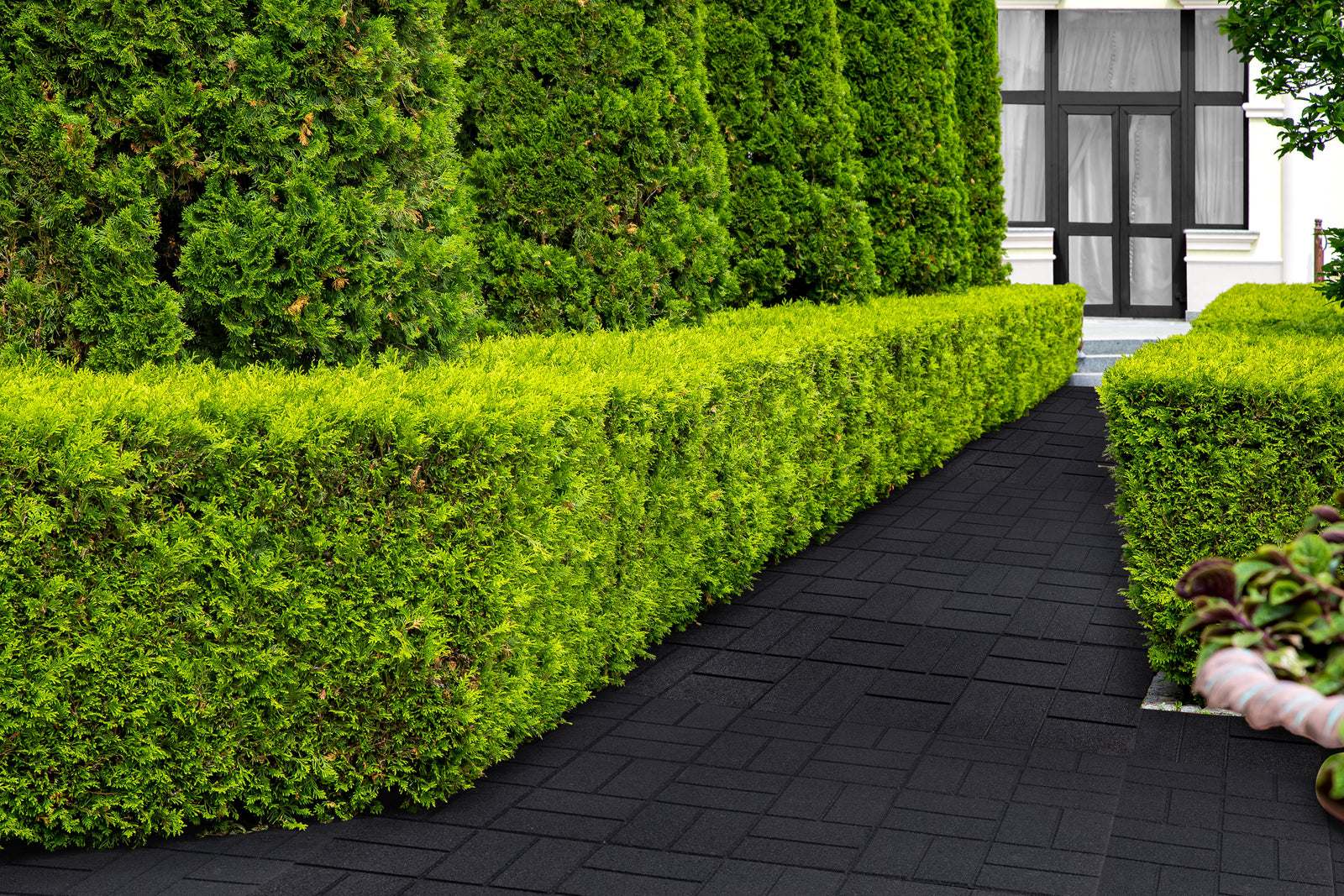October 19, 2023
When The Playground Gets Complicated

What are the main safety concerns associated with playgrounds, and how prevalent are playground-related injuries?
Playgrounds are places of joy and adventure for children, but they also come with significant safety concerns. Each year, over 200,000 playground-related injuries are treated in emergency rooms, with falls being the primary cause of these incidents, accounting for about 80% of the cases. More alarmingly, there are approximately 15 child fatalities annually due to faulty playground equipment. This high incidence of injuries and fatalities highlights the urgent need for strict safety measures and awareness in playground environments.
What role do regulations play in ensuring playground safety?
The Consumer Product Safety Commission (CPSC) plays a pivotal role in ensuring playground safety through its established guidelines. Many states have created legislation based on these CPSC guidelines. These regulations aim to protect children from harm while using playground equipment and to prevent legal issues that might arise from unsafe play spaces. Adherence to these guidelines is crucial for maintaining a safe environment for children to play in.
How have safety regulations impacted playground equipment over the years?
Safety regulations have significantly influenced the design and maintenance of playground equipment. A notable example is the action taken against McDonald's in the 1970s and 80s. McDonald's Big Mac jungle gyms were found to be unsafe, leading to severe injuries in over 400 children. The CPSC's intervention resulted in McDonald's facing substantial fines, the requirement to report injuries, and a mandate to conduct a $5 million safety campaign. This action led to the implementation of safer equipment with better shock-absorbent surfacing materials and improved measurements for play areas.
What are the recommendations for climbing equipment on playgrounds?
Climbing equipment, such as monkey bars, is a significant source of playground-related injuries. Safety experts often recommend their removal or the addition of safety features to these structures. If climbing equipment is to be kept, it should include guardrails on platforms and safety bars at the top of slides to ensure children can sit before descending. These modifications are essential to reduce the risk of falls and injuries associated with climbing equipment.
How important is the choice of playground surface in preventing injuries?
The choice of playground surface is crucial in preventing injuries, especially from falls. Traditional materials like sand, wood chips, grass, and packed earth have been commonly used but have limitations, such as quick deterioration and reduced shock-absorbing capacity. Rubber mulch is emerging as a superior alternative due to its excellent shock absorption, durability, and easy maintenance. Many playgrounds and daycare centers are opting for rubber mulch to enhance safety features.
Why should safety guidelines be considered for home playground projects?
Implementing CPSC regulations and safety guidelines for home playground projects is essential. Although these rules primarily target public play areas and child care facilities, applying them at home can significantly reduce the risk of injuries for children. By adhering to safety standards, families can protect their children from potential harm and avoid expenses, legal complications, and other unfortunate consequences that could otherwise mar the joy of playtime.
Resources:
- KidsHealth - Playground Safety
- Playground Safety: Regulations and Standards
- National Program for Playground Safety
- Brainline - Playground Safety
- Backyard Boss - Best Small Playsets

Also in Rubber Mulch Blog

Embracing Eco-Friendliness by Choosing Rubber Mulch for Your Playground
June 17, 2025
“Reuse, Recycle, and Reduce” are three main aims when it comes to preserving the health of our planet. Rubber mulch definitely falls within their scope. Conserving resources, energy efficiency, and better health for kids are all rubber mulch benefits.

Effective Mold and Fungi Prevention: The Hidden Value of Rubber Mulch
October 31, 2024

Create Your Own Sensory Path with Rubber Pavers
October 28, 2024
shop
Copyright © 2025 RubberMulch.com - All Rights Reserved.






